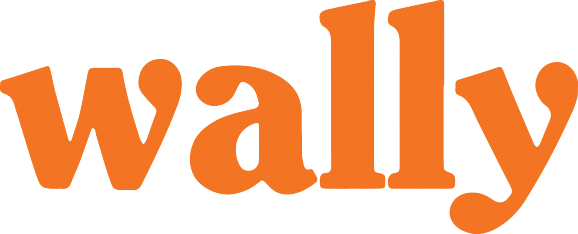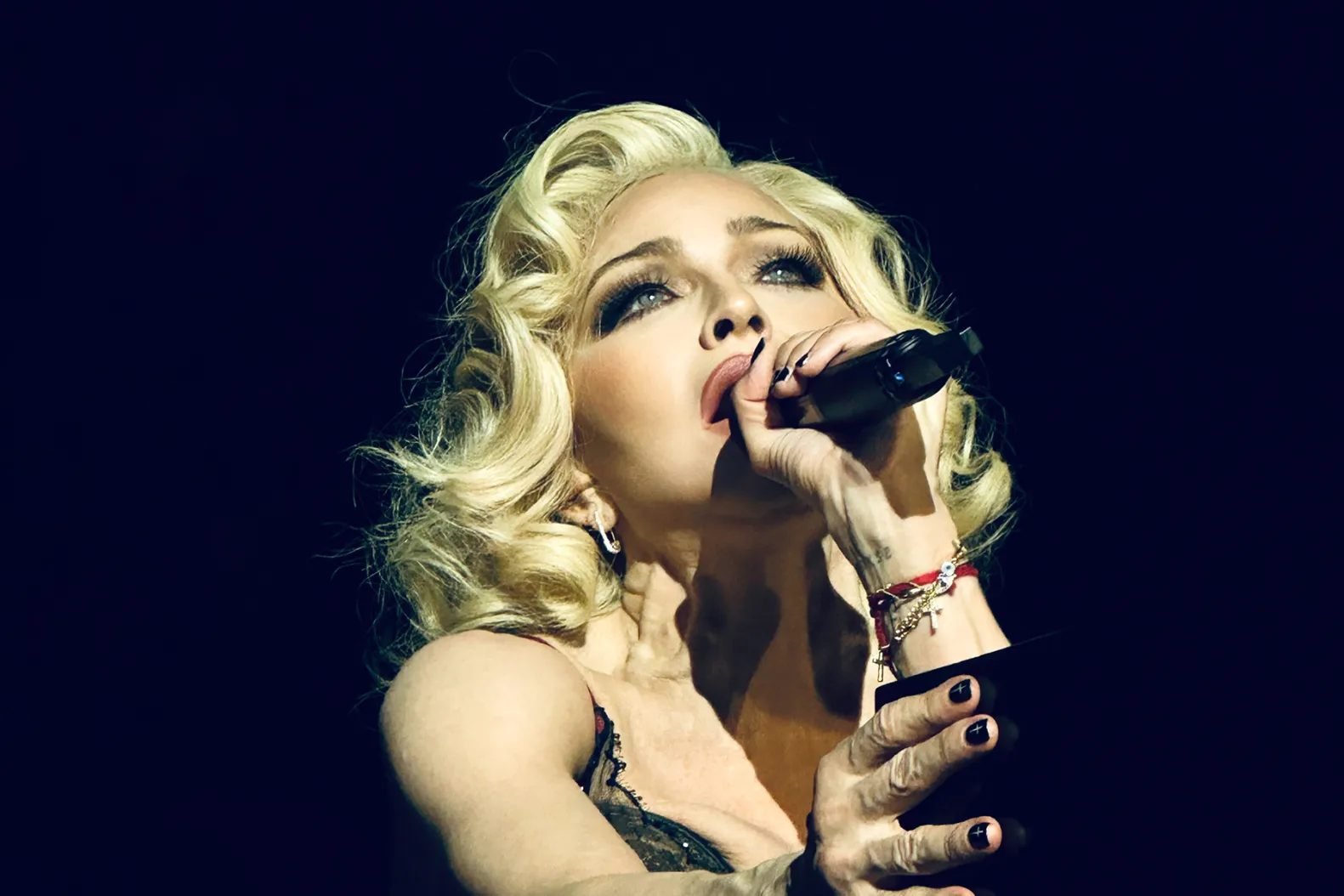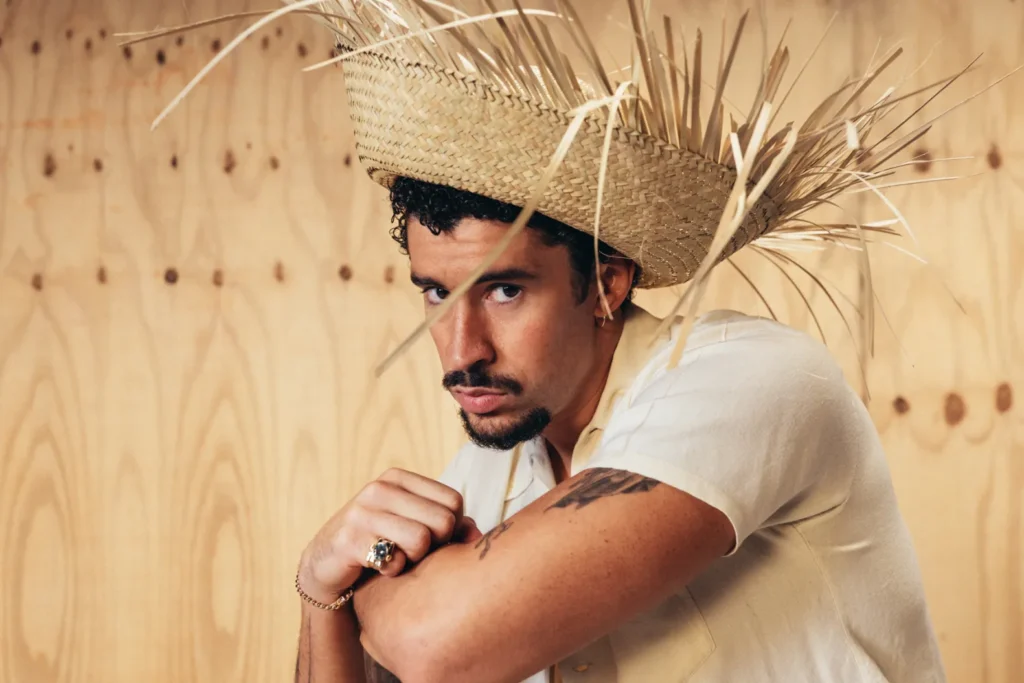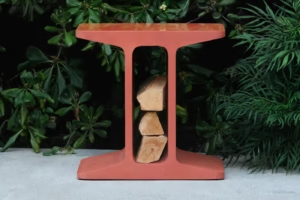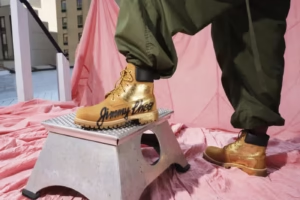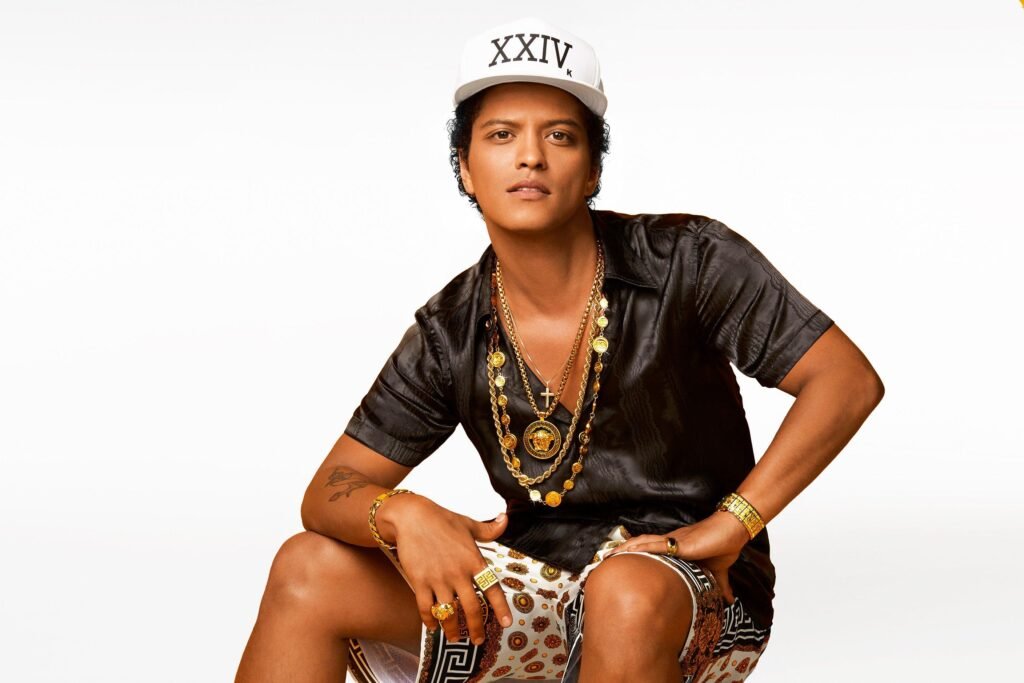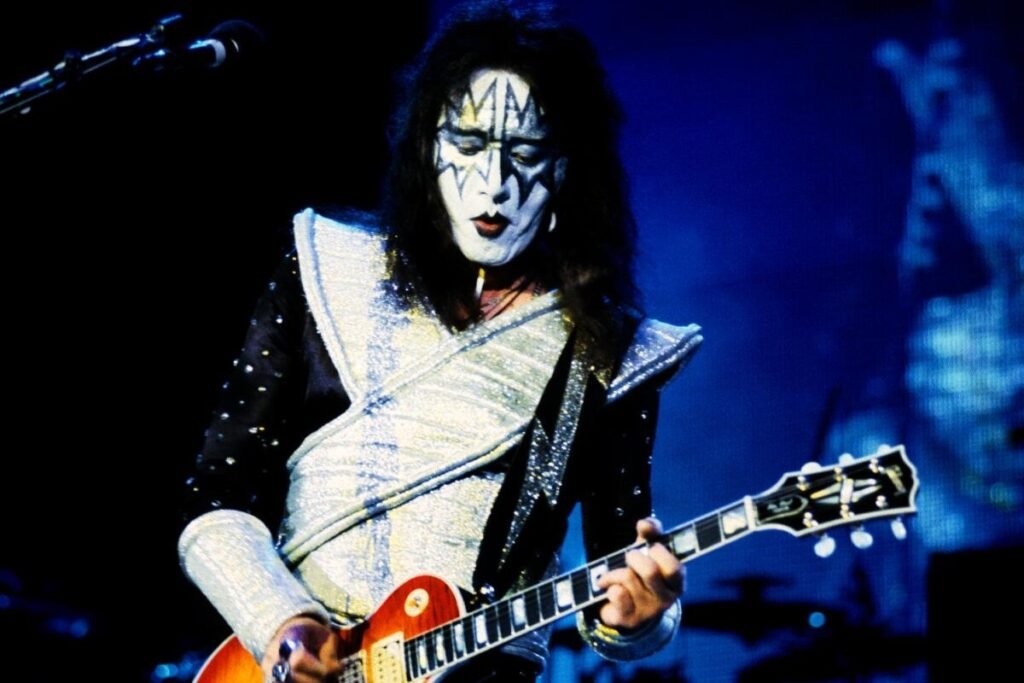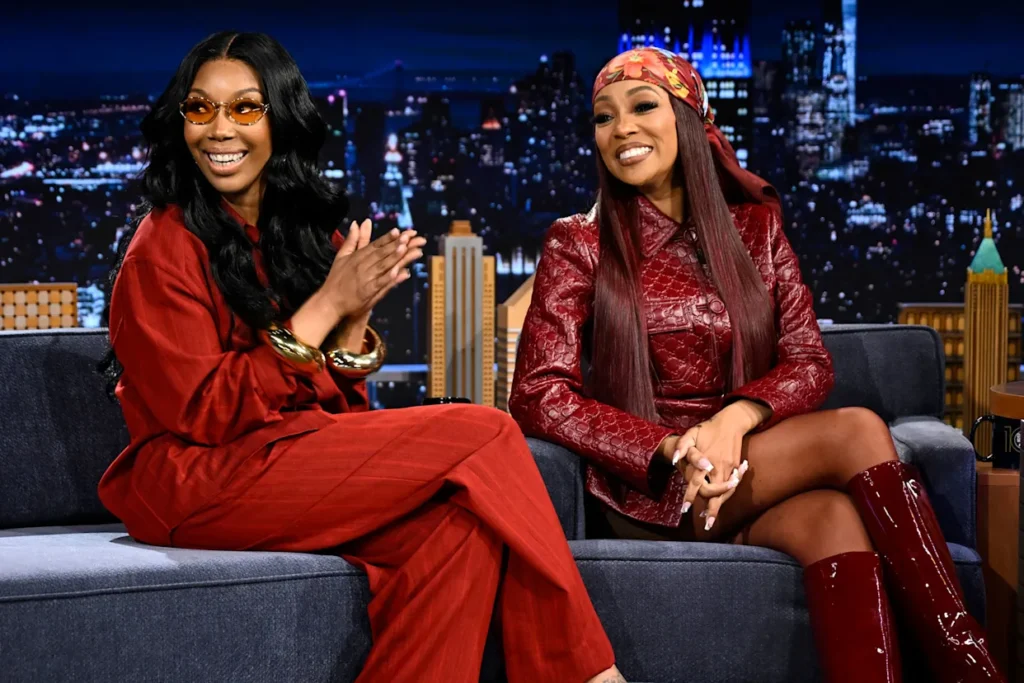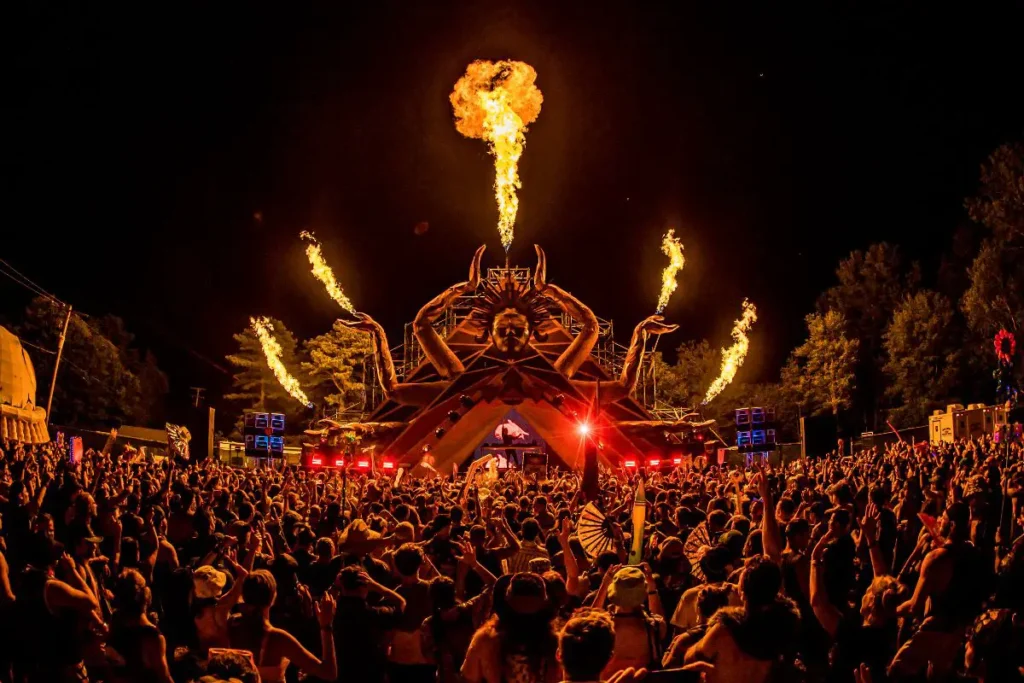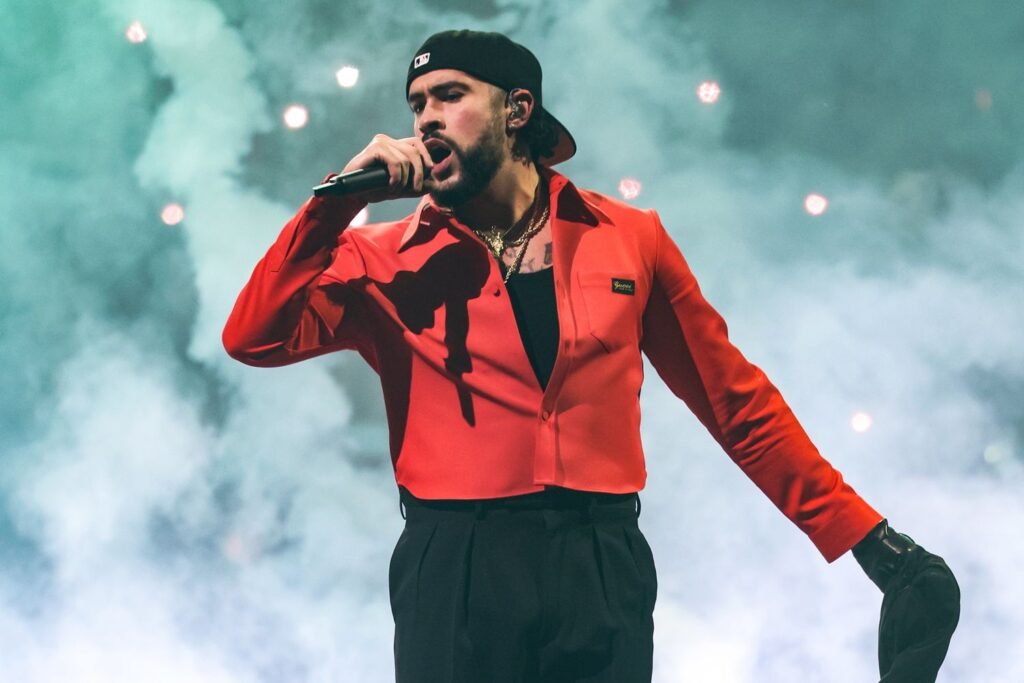Madonna’s Remix Legacy and Club Influence
When Madonna dropped her debut single Everybody in 1982, it had all the markings of a club track from a possible one-hit wonder. But she quickly flipped the script, becoming a pop icon and rewriting the rules for how mainstream music could interact with the dancefloor.
One of her biggest contributions was turning the remix into a pop standard. Before her, remixes were mostly just extended versions or instrumental takes. Madonna embraced full creative reworks. Even though she was hesitant at first about others reimagining her music, she soon saw the value. Her 1987 release You Can Dance was the first remix album from a major pop star that didn’t just add length—it added new energy. From there, the pop world followed, and remix culture grew into what it is today.
How She Brought the Underground to the Masses
She used her platform to champion house music at a time when it was still bubbling under in the U.S. While acts like Farley “Jackmaster” Funk had success in the UK, Madonna brought house to the Billboard Hot 100 with Vogue. That track—infused with ballroom culture, dramatic piano, and pulsing beats—was a gateway for millions into the world of house.
She also helped introduce trip-hop to the masses. In 1990, she dropped Justify My Love—a moody, whispered groove co-produced by Lenny Kravitz and André Betts. It hit No. 1 and arrived before most American audiences had even heard of Massive Attack or Portishead. It was experimental, bold, and way ahead of the curve.
The Pop Star Who Went Full Electronic
By the late ’90s, Madonna was reinventing herself once again—this time through the lens of electronic music. Ray of Light (1998) wasn’t just a pivot, it was a landmark. Produced with William Orbit, the album brought ambient textures and electronic beats into pop in a way that was introspective, spiritual, and fully realized. Tracks like Frozen and Ray of Light set a new standard for what emotional electronic pop could sound like—long before EDM exploded in the 2010s.
In 2003, she teamed back up with Mirwais for American Life, experimenting with a strange and fresh fusion of folk and electronica. It was glitchy, acoustic, and confessional. Though it divided critics, it was another case of Madonna being early—Avicii’s acoustic-EDM blend Wake Me Up! would go top 10 a decade later.
Then came her full-on disco revival. Confessions on a Dance Floor (2005), with production by Stuart Price, was sleek, euphoric, and driven by the power of rhythm. Hung Up, built around an ABBA sample, brought disco back to the top of global charts and reminded a new generation just how powerful the genre could be when reimagined with care and style.
Power Moves Behind the Booth
Madonna has always had a sharp instinct for who’s next. She helped launch and elevate the careers of producers like Shep Pettibone, William Orbit, Mirwais, and Stuart Price. She took creative risks with up-and-coming names like SOPHIE and BloodPop, and gave major co-signs to respected talents like Diplo and Honey Dijon.
Just scan the credits of Finally Enough Love: 50 Number Ones and you’ll see a who’s who of dance music’s biggest names over four decades. Madonna didn’t just lead the sound—she helped build the scene around it.
She wasn’t just a trendsetter. She was the blueprint.
